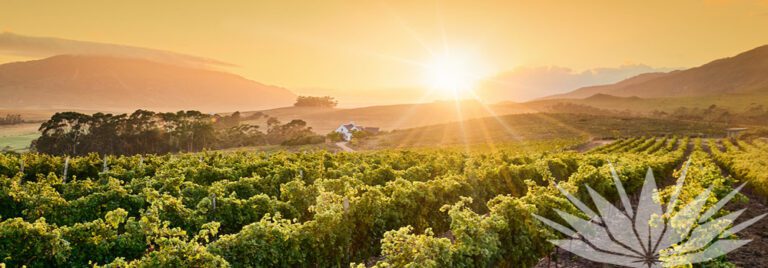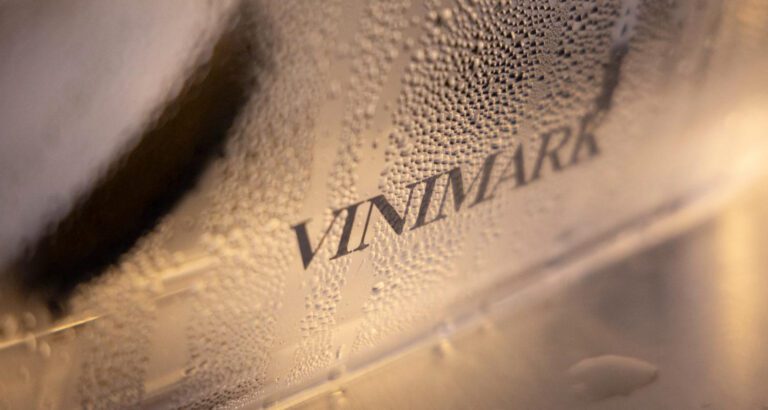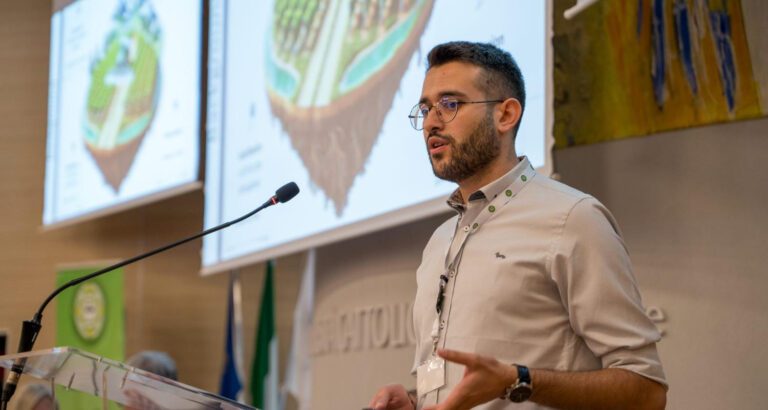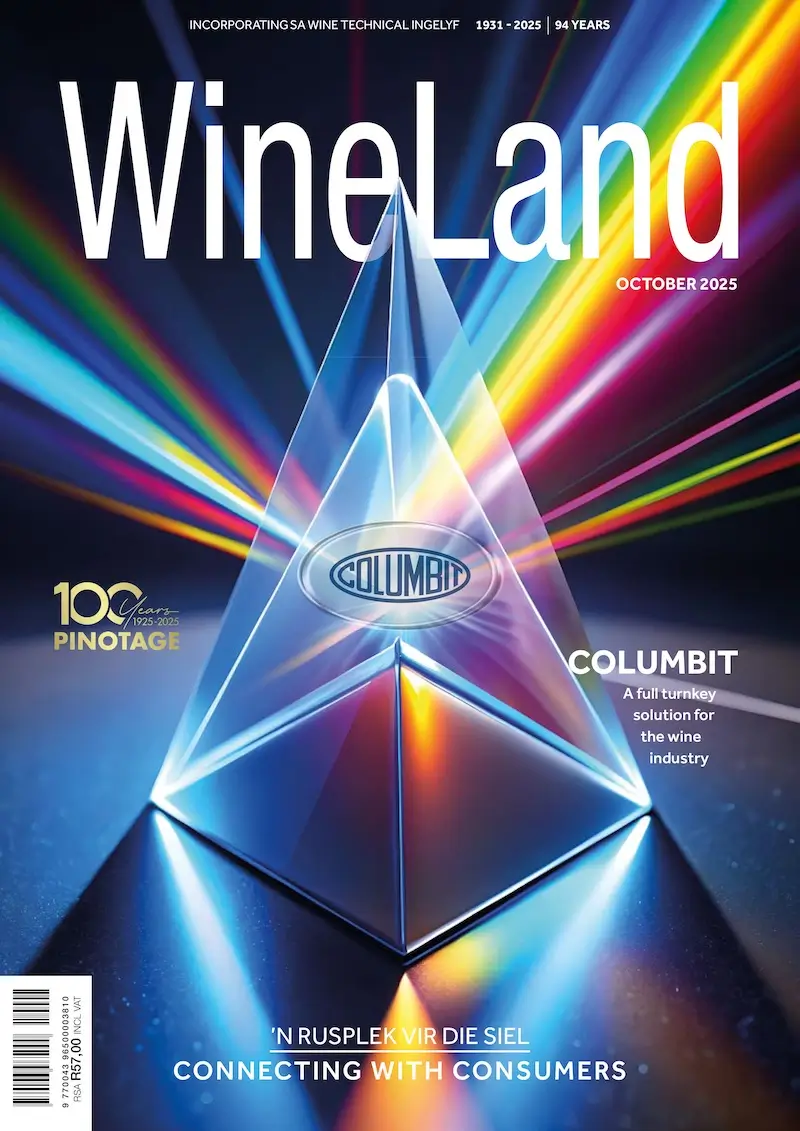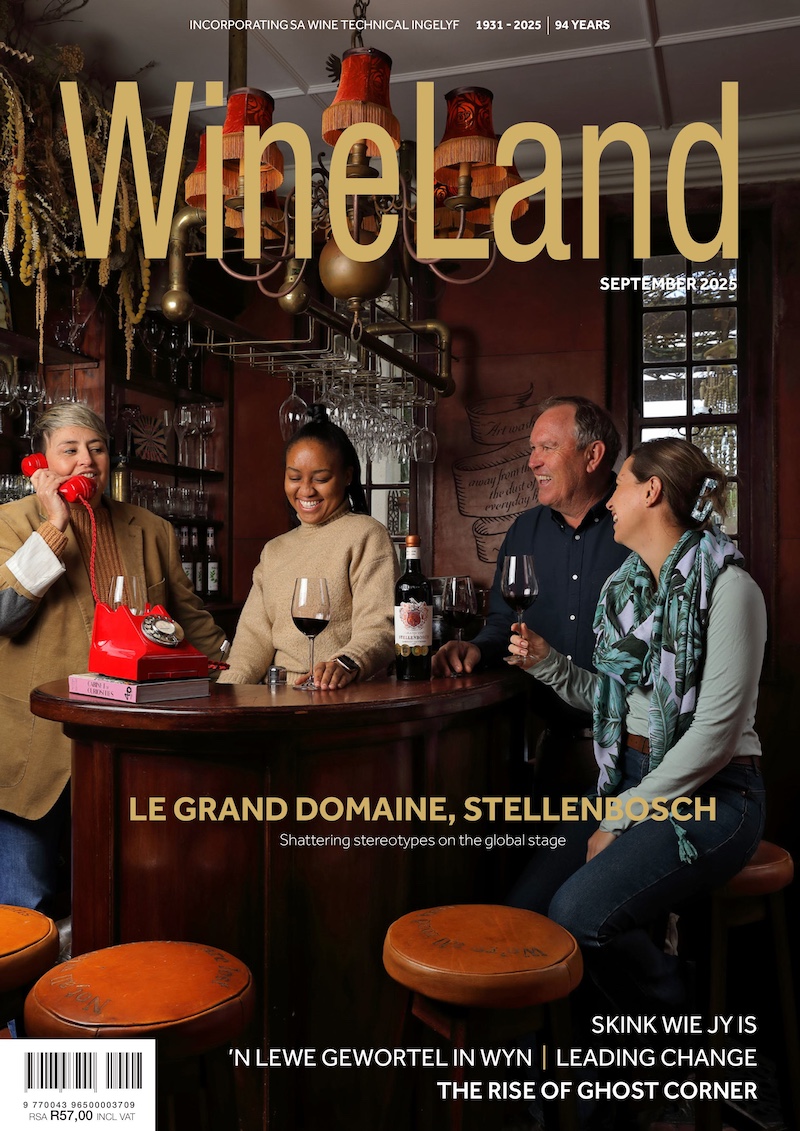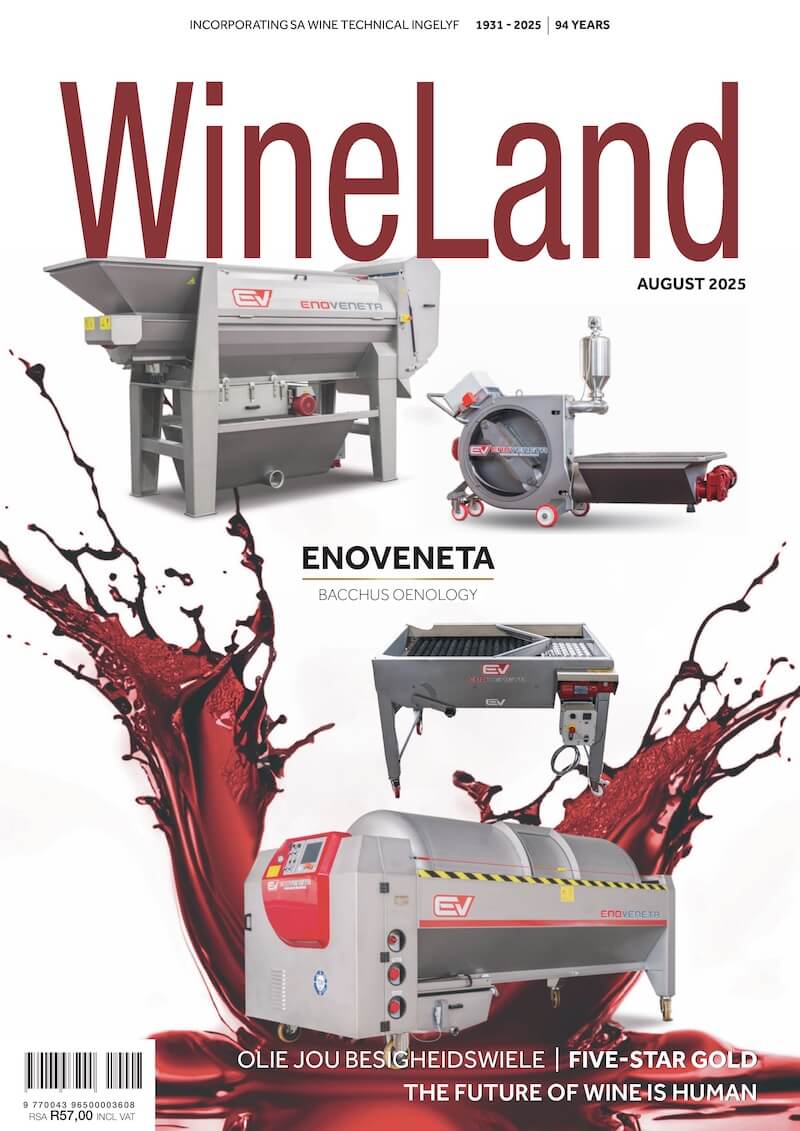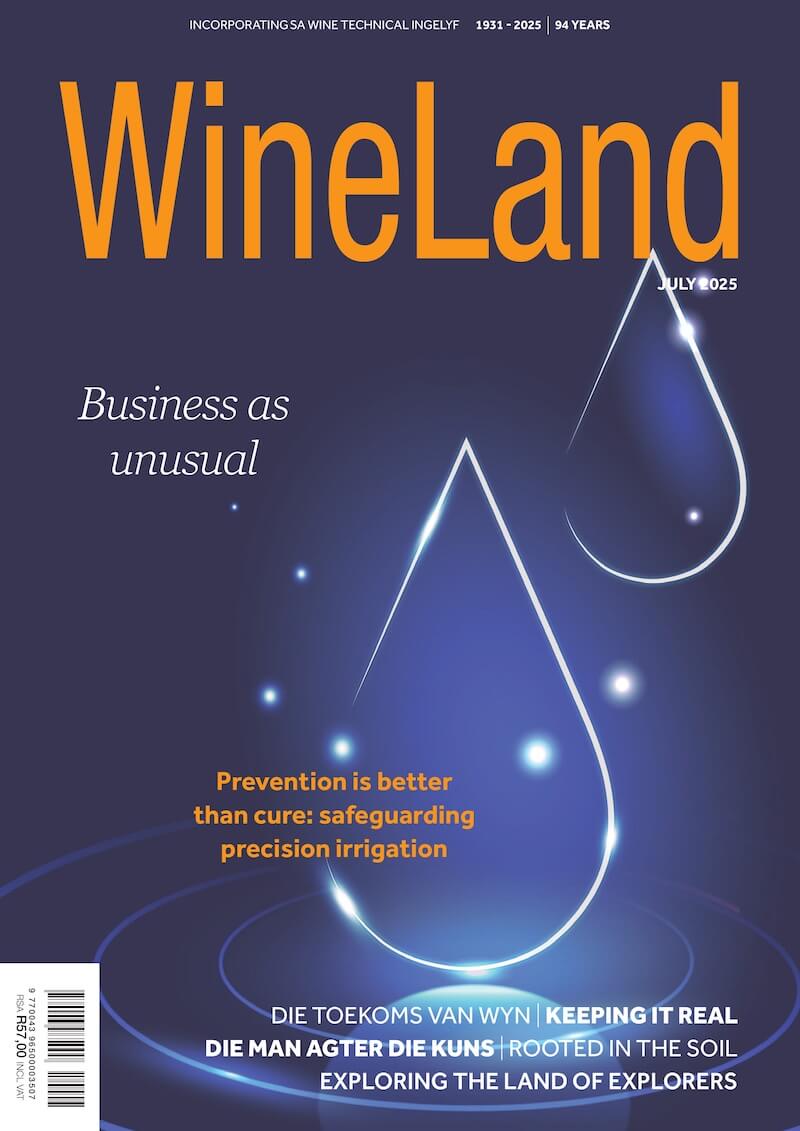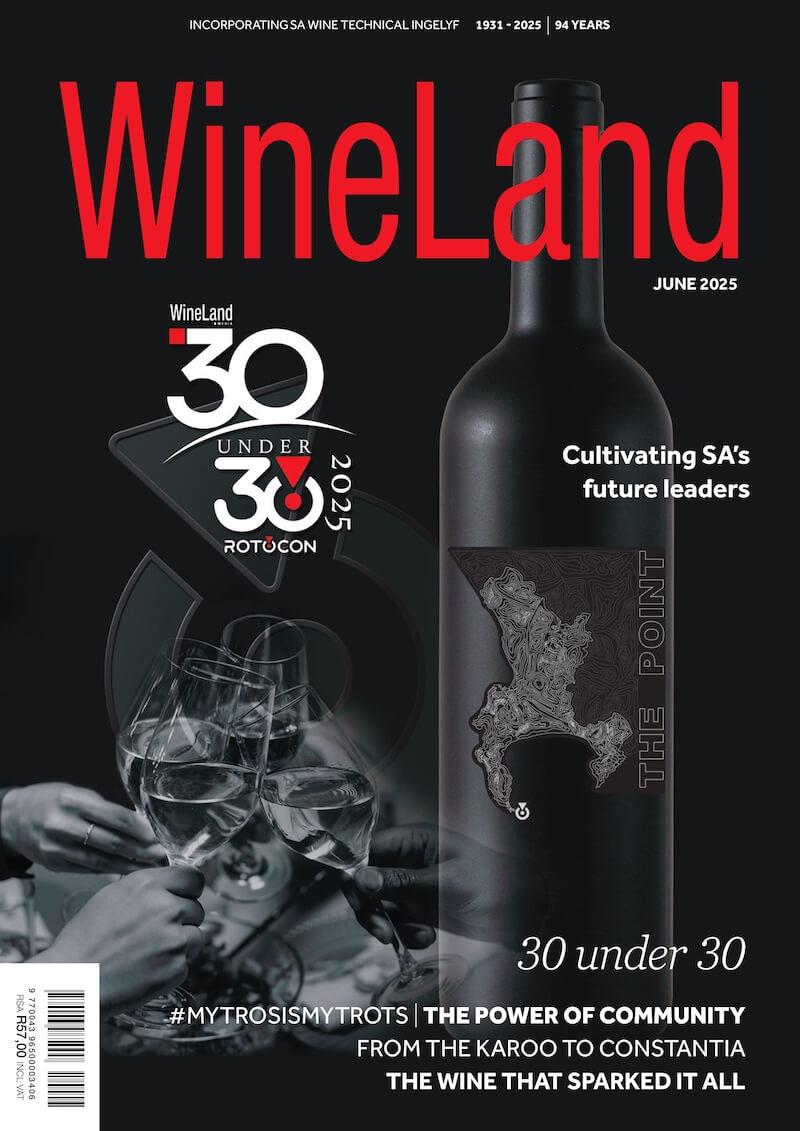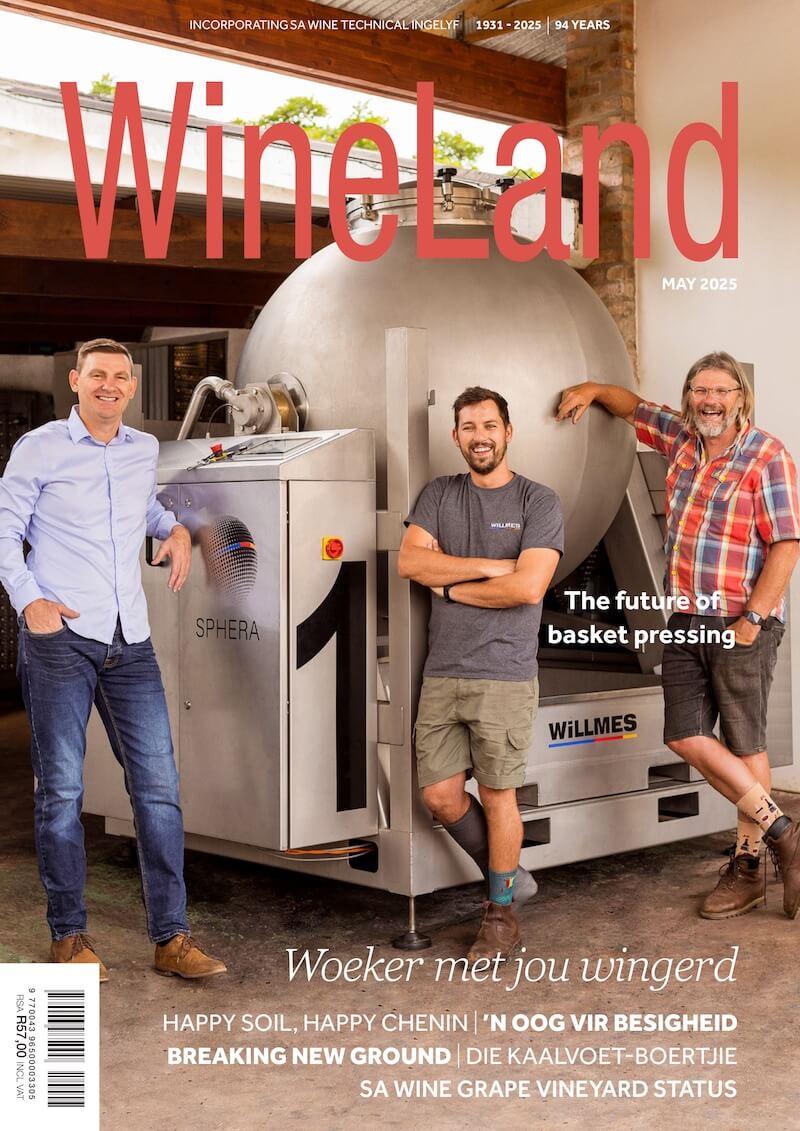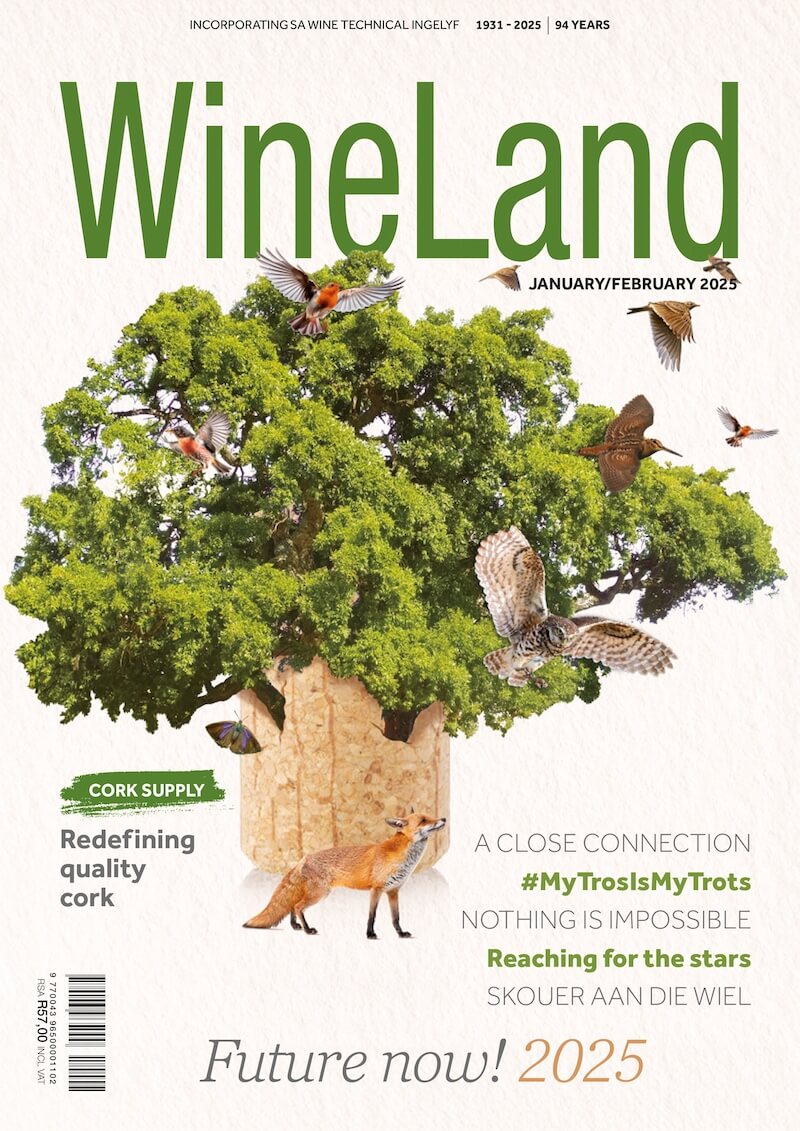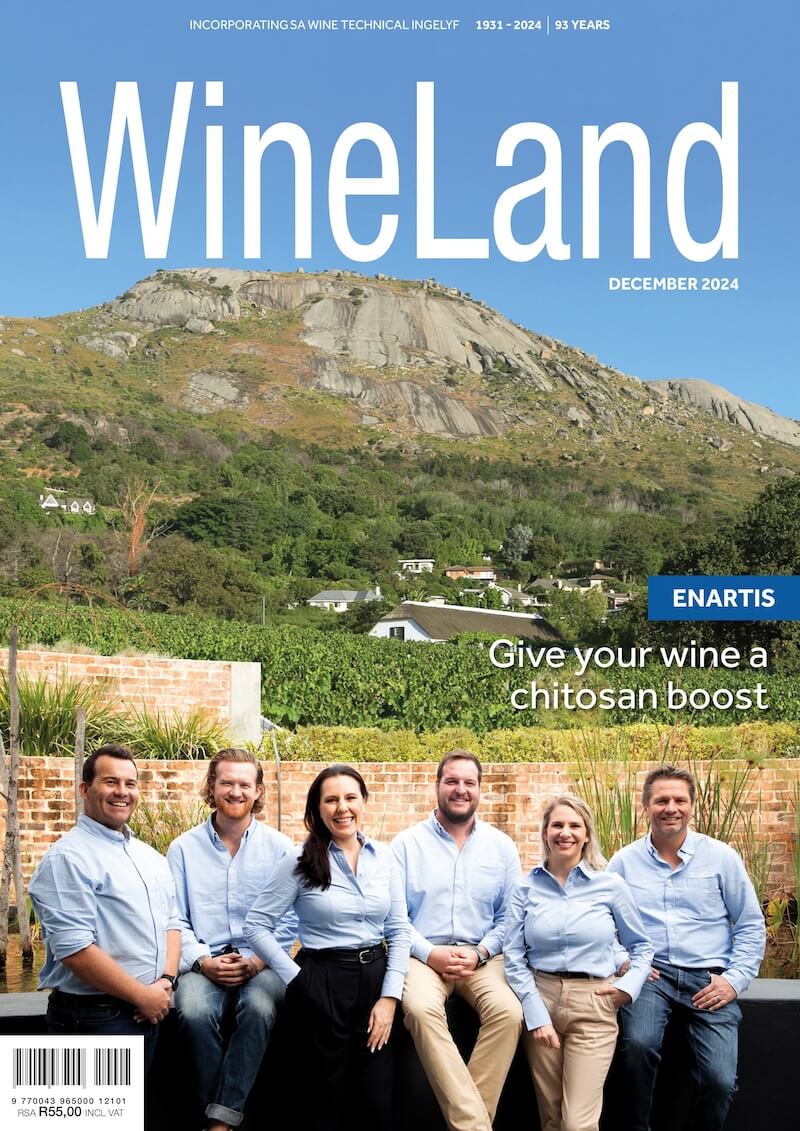“There is nothing like a good, old bottle of wine. It holds history and stories within its depths, waiting to be shared.” – Karen MacNeil, author of The Wine Bible.
Imagine the storied history encapsulated in a bottle of 1945 Domaine de la Romanée-Conti (DRC) from Burgundy (one was sold for R9 956 874.87 in 2018). Or a legendary Château d’Yquem (Sauternes) 1811. When the grapes were harvested for this vintage, Napoleon Bonaparte was at the height of his power.
Many South African wines have excellent ageing potential. One of the most notable being Groot Constantia Grande Constance 1821. While one of those bottles is likely out of reach for the average collector, other wines, like Cabernet Sauvignon (especially from the Helderberg area) are well-known for their ageing potential, as are our Chenin Blancs (particularly those produced from old bush vines in Swartland, Stellenbosch, or Franschhoek). Generally speaking, most Sauvignon Blancs are meant to be enjoyed within 1-3 years, and most dry rosés are made for immediate consumption.
What fundamental qualities do wines that age well share, allowing them to evolve, gain nuance, and structure over time?
Making wines that reward patience and anticipation calls for the presence of three key elements:
- Balance: A great wine destined for ageing begins with balance, between acidity, tannin, alcohol, fruit, and, where appropriate, residual sugar. No element should overwhelm the others; instead, they should coalesce in a poised tension that promises development.
- Structure: The architecture of a wine, chiefly its tannin and acidity, acts as a scaffold, supporting its maturation. Wines lacking in these structural elements may lose vitality quickly, while those with robust yet refined frameworks can age for decades.
- Concentration and intensity: wines marked by concentrated fruit and aromatic complexity possess the raw material necessary for transformation.
Acidity: the lifeblood of longevity
Acidity is the energetic pulse of a wine. It acts as a preservative, keeping the wine vibrant and fresh as it ages. “High-acid wines tend to maintain their structure over time, allowing secondary and tertiary aromas to emerge while preserving a lively palate. This is why, for instance, Rieslings and Chenin Blancs from cool climates, or Tokara’s own Reserve Collection Stellenbosch Chardonnay grown at altitude, are so well-suited for ageing,” explains Karl Lambour, general manager of Tokara.
Tannin: the backbone of red wine
Tannins, the phenolic compounds found in grape skins, seeds, and stems, are the cornerstone of age-worthy red wines. They confer structure and act as antioxidants, protecting the wine from oxidation as it matures. Young wines with ample yet fine-grained tannins may show a certain firmness, but over time, these tannins polymerise and soften, yielding a wine of silken texture and extraordinary complexity.
“Cabernet Sauvignon, Merlot, and Syrah varieties form the heart of Tokara’s red portfolio and are all naturally tannic. Through meticulous vineyard management and judicious oak ageing, we strive to craft reds with both power and elegance, destined to reveal their full glory after years in the cellar,” Karl says.
Fruit concentration and ripeness
While acidity and tannin provide the skeleton of a wine, fruit concentration is its flesh and spirit. Grapes harvested at optimal ripeness yield wines with dense, vibrant flavours and aromatic complexity. These core fruit notes will gradually recede as the wine matures, giving way to savoury, earthy, and spicy secondary characteristics.
“The trick is to harvest at precisely the right moment, when fruit purity, acidity, and tannin are in perfect alignment,” Karl says. “This harmony ensures that our wines retain their backbone and vibrancy throughout their evolution in the bottle.”
Terroir and viticulture
Age-worthy wines are born in the vineyard. The terroir (soil, climate, and topography) imparts personality and distinction to the grapes. Vineyards with well-drained soils, ample sunlight, and cool nights tend to produce grapes with thicker skins, higher acid, and concentrated flavours, all prerequisites for making wines with longevity.
Winemaking decisions
This is where the artful dance between nature and vintner truly comes to the fore. The choices made in the cellar are as crucial as those in the vineyard. Gentle extraction, careful temperature control during fermentation, and selective use of oak can enhance a wine’s structure and complexity. Extended maceration for reds may increase tannin integration, while lees ageing for whites can add texture and depth.
“Our winemaker, Stuart Botha, believes that our terroir must take centre stage… It’s why we approach each wine with care and meticulous attention to detail to ensure it is truly a unique expression of its terroir and wine-making style.”
Barrel ageing, particularly in French oak, not only imparts subtle flavours of spice and toast but also allows for micro-oxygenation, a slow exchange of oxygen that softens tannins and stabilises colour.
Preserving potential
Even the most promising wine requires proper ageing conditions to reach its apex. Bottling under optimal conditions, minimising oxygen exposure, using high-quality closures, prevents premature oxidation and spoilage. Once in the hands of the collector, the wine’s future hinges on consistent, cool temperatures, darkness, and humidity.
Wines should be stored horizontally, undisturbed, and monitored for optimal maturity.
“Apart from opening a bottle and tasting the wine, a good way to estimate whether a red wine is at the right age to drink is to look at whether it’s turned in colour and the ullage,” Karl says. “If the wine content has dropped below the bottle’s shoulder, it could well be ready. Visually, a white wine will evolve into a deep gold or amber shade. If you’re nervous, though, look at the data sheet provided by the vintner, or contact a specialist.”
Practiced patience
The journey from vine to bottle is one of vision, restraint, and respect for nature’s rhythms. It is the interplay of acidity, tannin, fruit concentration, terroir, and the guiding hand of the winemaker that grants a wine its ageing potential. Each vintage is a testament to this pursuit, a conversation between the land, the grape, and the art of patience.

